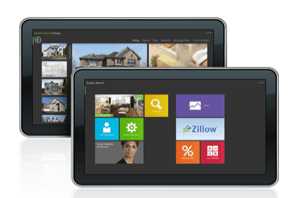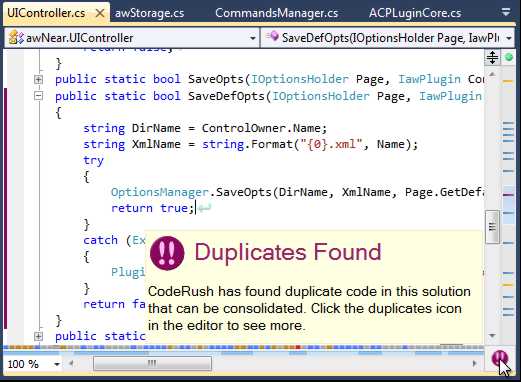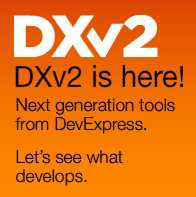| DXv2 - Next Generation Tools |
| Written by Ian Elliot | |||
| Tuesday, 29 November 2011 | |||
|
Today DevExpress releases DXperience 11.2, launching the DXv2 developer tools series designed to deliver new controls, in particular touch, for emerging technologies on a range of platforms. Touch is a major focus in the DXv2 range of tools which will provide the gestures and touch-friendly themes needed for developers to build touch-enabled apps across all platforms, including Windows Forms, WPF and ASP.NET. In DXperience 11.2 all the controls, including grid, have touch support from the dragging of UI elements to horizontal and vertical scrolling. Tile controls have also been introduced so that developers can begin to build apps with the Windows 8 Metro design aesthetic.
Speed and usability are perhaps the most important aspects of a web application. DevExpress ASP.NET controls are optimized for performance and efficient memory use without the loss of functionality. Now, with the new touch capabilities of the ASP controls, developers can build web applications that look like native iOS apps.
A new feature in CodeRush, the code-generation and refactoring tool that is part of DXperience, is the ability for developers to analyze large code bases, find duplicate code, and then consolidate that code.Called CodeRush Duplicate Code Detection, it will simplify code and reduce the number of bugs in applications.
More Information:DevExpress DXv2 where you can explore DXv2 and get a 30-day free trial.
To be informed about new articles on I Programmer, subscribe to the RSS feed, follow us on Google+, Twitter or Facebook or sign up for our weekly newsletter.
|
|||
| Last Updated ( Wednesday, 30 November 2011 ) |



